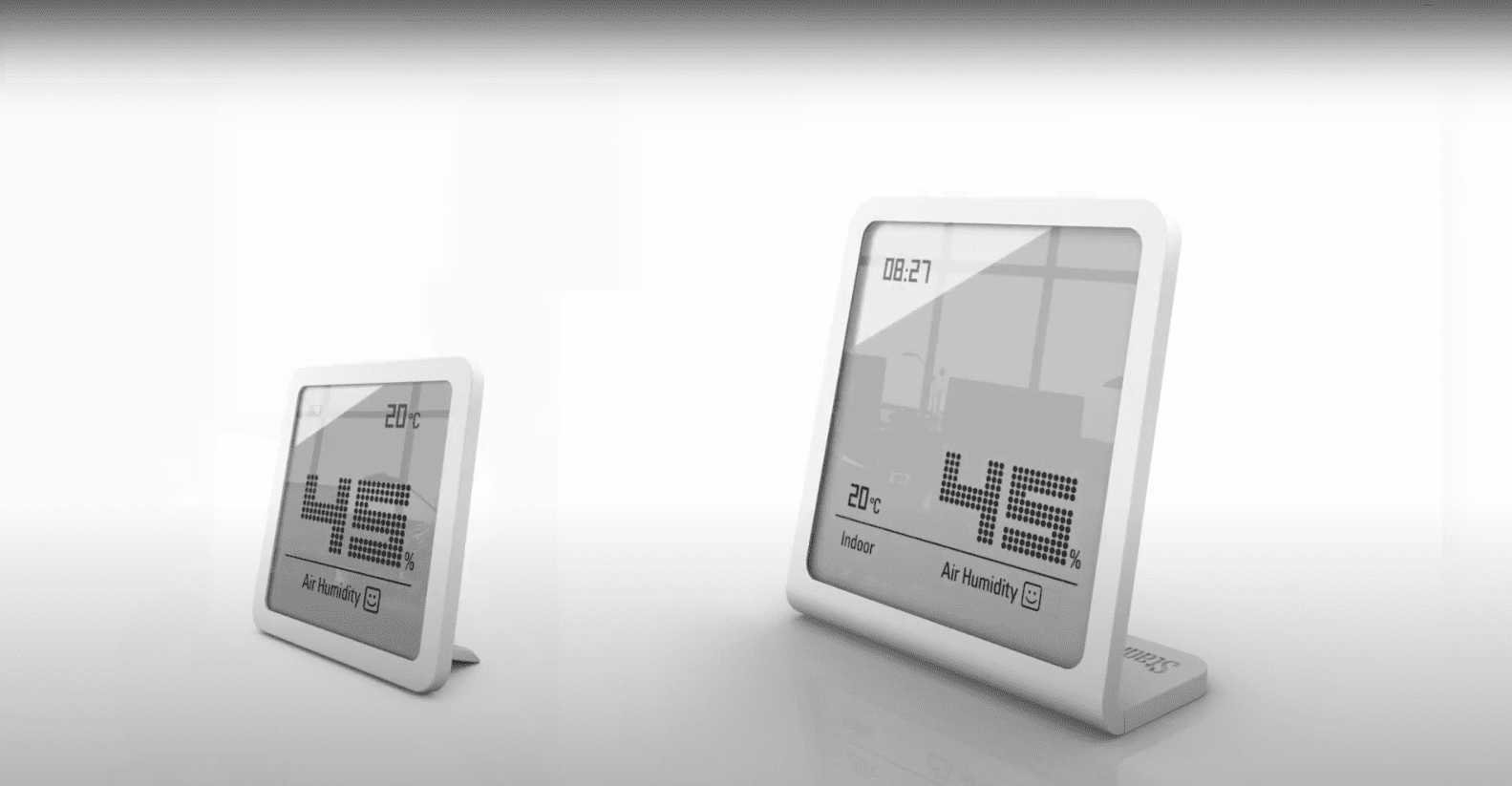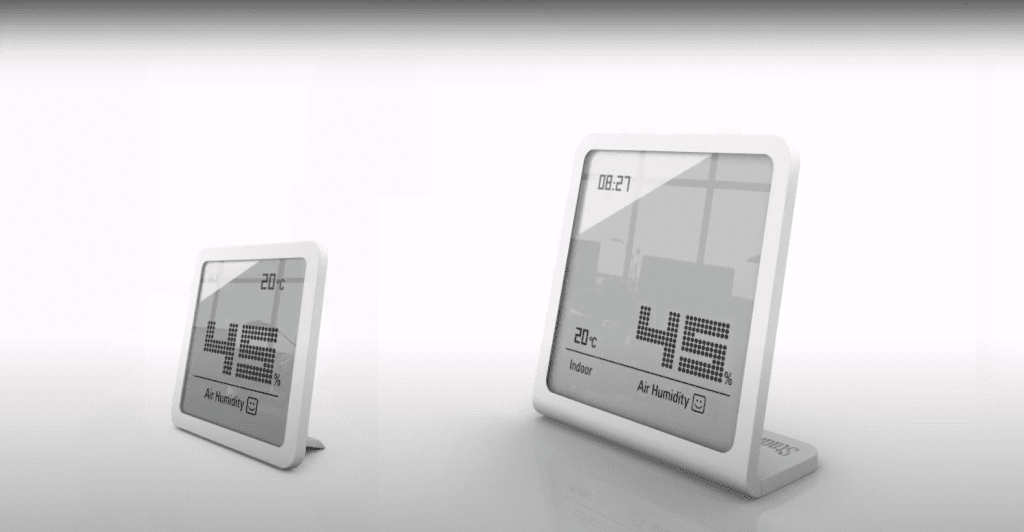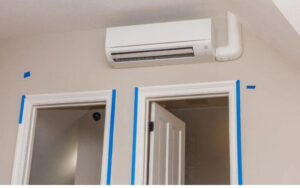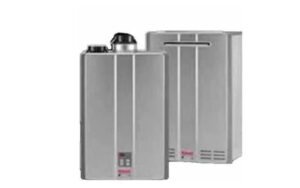No matter where you live, humidity can be detrimental to your health and overall well-being. In the summer, humidity can intensify the sensation of heat, causing people to become frustrated and ill. Many people associate humidity with being hot and sticky. However, it is critical to maintaining a proper humidity level inside the home.
Table of Contents
Toggle
What Is The Typical Humidity Level?
Humidity is the measure of water vapor in the surrounding air. Even if you can’t see it, it’s still there. The ideal relative humidity for health and well-being is between 30 and 50 percent. The air in the house should contain 30-50% of the maximum permissible humidity.
The Hazards of Too Much Humidity
Humidity levels that are too high can hurt comfort, home belongings, and your health. Your body might not be able to regulate its inner temperature via evaporation if the air around you is just too humid. If you’re in a wet room with the exact temperature as another much less humid room, the humid room will feel warmer.
Excess humidity is uncomfortable, but it can also make you sick. High humidity levels encourage the growth of fungi, mold, and mites, making breathing difficult for people suffering from asthma and allergies. Mould breeding grounds grow in your home’s moist air, causing costly damage.
As humidity levels rise, the wood can rot and attract unwanted insects. Furniture will swell and warp if the humidity level is too high.
Why Is Low Humidity Just as Bad?
Air that is too dry, like the air that is too humid, can be harmful to comfort, home belongings, and health. Dry air makes the skin feel rough and itchy, and it also dries out the body’s other mucous membranes, causing sore throats and rough lips. Coughing, wheezing, and other breathing problems can be increased by dry air.
Cracks and shrinkage around the door frame and moldings can severely damage the house if the humidity is too low. Everything made of wood will warp and bend as the size of the wood shrinks.
How to Tell If Your Home Has Poor Indoor Humidity?
Maintaining proper humidity levels in the air in the house is critical to feeling at ease and creating the ideal environment. The following are some signs or indications that the humidity level in your home is poor and harmful to your health:
Sleeping Problem
If you’re not getting enough sleep, consider checking your indoor humidity level. According to the National Sleep Foundation, too much or too little humidity can cause sleep disruption. When the air is too humid, your body has to work harder to evaporate sweat to keep cool. As a result, you may find it difficult to fall and stay asleep. Breathing in dry air can irritate your throat and cause coughing fits.
Sweating
The most common sign of poor indoor humidity is frequent sweating at home. It may be irritating when you are constantly sticky and covered in sweat. While you can’t control the humidity levels outside, you can control the humidity levels inside.
Difficulty Breathing
Another common sign is difficulty in breathing. High humidity levels in the home can frequently cause bronchial allergies, including chest tightness and wheezing. Low humidity levels can cause a variety of respiratory issues.
Improve your indoor humidity with us!
If you find any of these signs in your home, you should immediately check your home’s humidity level. You don’t have to suffer from hot and humid air when the summer arrives. Please consult with us at K2mechanical for ideas on maintaining your humidity level and how to transform your home into the heaven.





















